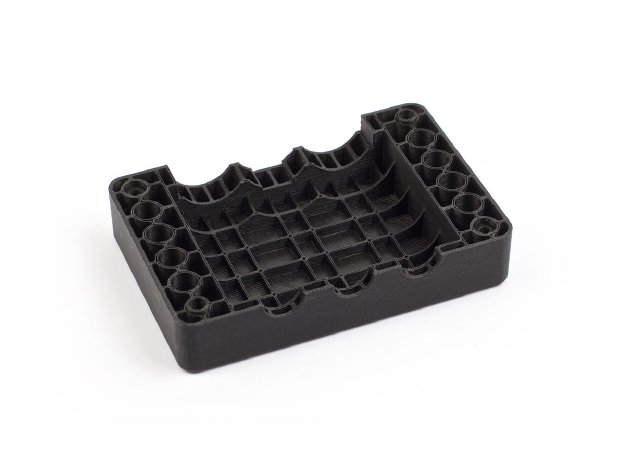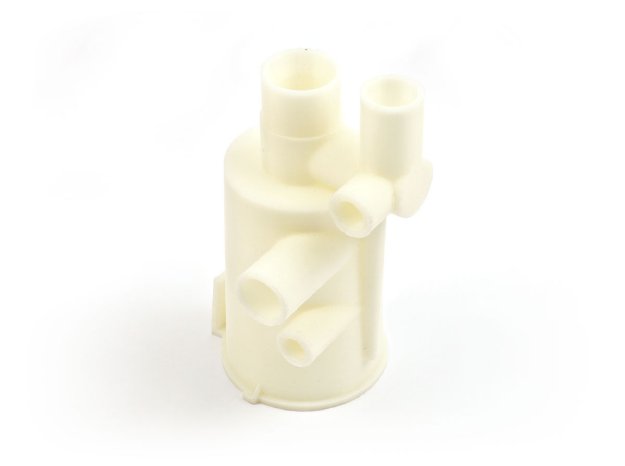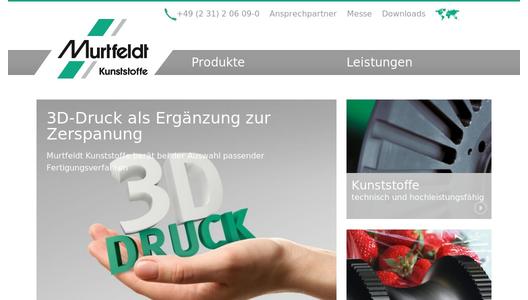Tailored plastic solutions do not need to be expensive, but they do usually need to be enduring and must work smoothly. Here, it's important to understand the pros and cons of the different production methods as well as the usability of the various materials - and to be able to weigh these up against each other. At Automatica 2016, Murtfeldt Kunststoffe will be advising customers and other interested parties about its design and production capacities at Stand 108 in Hall 5, and will be explaining which method is best for which requirements. This all-round offer can cover all requirements if desired - from consulting and the creation of design data to the initial tangible prototype and finally the production of a small series.
"Additive manufacturing is an excellent complement to our existing production method, the chip-removing production of plastic components," explains Product Manager Ralf Burghoff. "And since the production of small and really small series from technical products has been our core business for decades now, taking the step towards 3D printing was logical." Murtfeldt Kunststoffe offers the FDM or FFF method on its own machines. However, other methods can also be offered by means of collaboration with an established pool of service providers.
In order to determine which additive method is best for the customer or whether it is indeed better to fall back upon machining production, the planned use of the component, required mechanical strengths, and ambient conditions of the used plastic are clarified in a joint meeting. Customers who already have 3D CAD files can also upload their data directly to the Murtfeldt Website using the data upload function. They will receive an offer based on this data really quickly.
For Murtfeldt, it is clear that 3D printing is quickly becoming established and is growing together with existing technologies. If used correctly, 3D printing is a useful complement. For example, components can be produced using 3D printing and then machined afterwards. Rather than considering the technologies in isolation, it's important to combine them well. In doing so, Murtfeldt Kunststoffe offers industrial companies full support for their production and manufacturing processes, resulting in faster production times and reduced costs.
For more information about this topic, see www.murprint.de.



